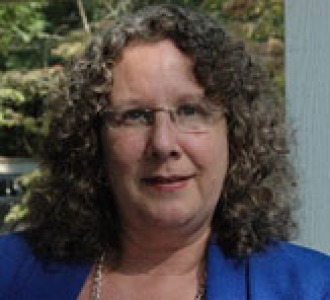WASHINGTON, Sept. 22, 2016 - USDA this week unveiled a three-year $328 million restoration strategy to improve water quality and help coastal ecosystems damaged by the Deepwater Horizon oil spill.
According to the plan, announced by USDA Under Secretary for Natural Resources and Environment Robert Bonnie, the department will steer conservation efforts on private lands in more than 200 Gulf-area counties and parishes, leveraging local, state and federal partnerships.
“We’re working side-by-side with farmers, ranchers and forest landowners to improve their operations while taking care of natural resources in the region,” Bonnie says. “With most of the land in the region privately owned, working lands on the Gulf Coast are pivotal to the region’s recovery.”
The Deepwater Horizon spill, which began on April 20, 2010, is considered the largest marine oil spill in the history of the petroleum industry.
Following the explosion and sinking of the Deepwater Horizon oil rig, a sea-floor oil gusher flowed for 87 days, until it was capped on July 15, 2010. A U.S. district court later found that 4.2 million barrels had been spilled.
USDA, as chair of the Gulf Coast Ecosystem Restoration Council (RESTORE Council), will work in partnership with the five Gulf states, other federal agencies and landowners to explore opportunities for how the funding can complement RESTORE projects and other funding from the settlement of the disaster.
Through a variety of farm bill conservation programs, such as the Environmental Quality Incentives Program (EQIP), Conservation Stewardship Program (CSP) and Agricultural Conservation Easement Program (ACEP), and as part of NRCS’ Gulf of Mexico Initiative (GoMI), the three-year plan will direct technical and financial assistance to some 3.2 million acres in priority areas.
A number of conservation practices are planned, such as managing for nutrients by using no-till, planting cover crops, and installing grade stabilization structures and water control structures. These practices trap and control pollutants like sediment and nutrients, reduce erosion and improve use of water.
Modeling from USDA’s Conservation Effects Assessment Project shows voluntary conservation efforts could reduce runoff of 11 tons of sediment and 2.65 million pounds of nutrients, according to the department’s Natural Resources Conservation Service.
NRCS will also work with Gulf producers to restore and enhance ecosystems by using methods such as prescribed burning, establishing trees and shrubs and managing wetland and upland habitats for wildlife.
Coordinating the investments of multiple funding streams, such as the farm bill programs and USDA’s existing $100 million partnership with the National Fish and Wildlife Foundation (NFWF),“will yield measurable outcomes for improving the health of Gulf Coast ecosystems and the communities that depend on them, and support a more vibrant agricultural sector,” NRCS says.
Additionally, NRCS and NFWF each plan to invest an additional $5 million in the five Gulf States over the next five years as part of an ongoing agreement between the two groups.
To download the strategy, click here.
#30
For more news, go to: www.Agri-Pulse.com

